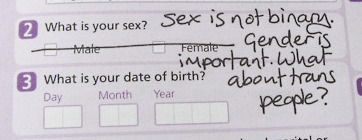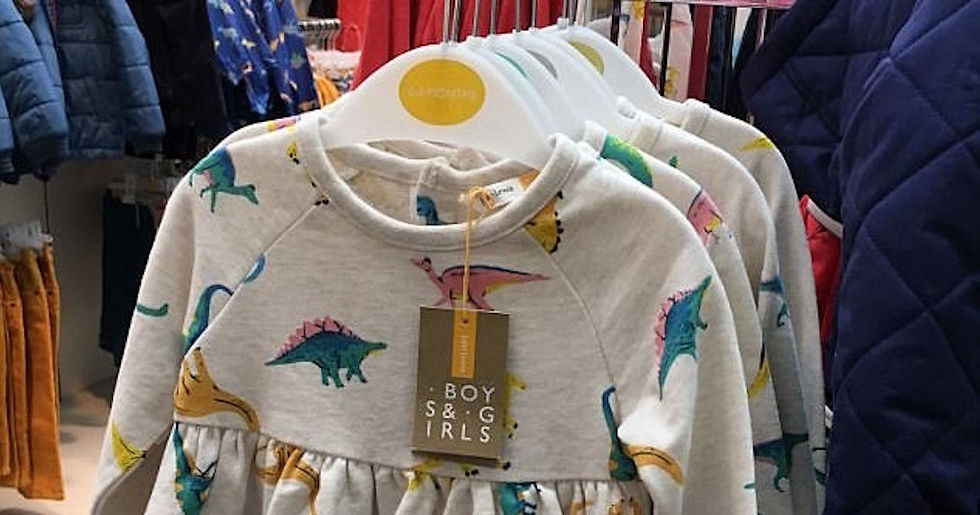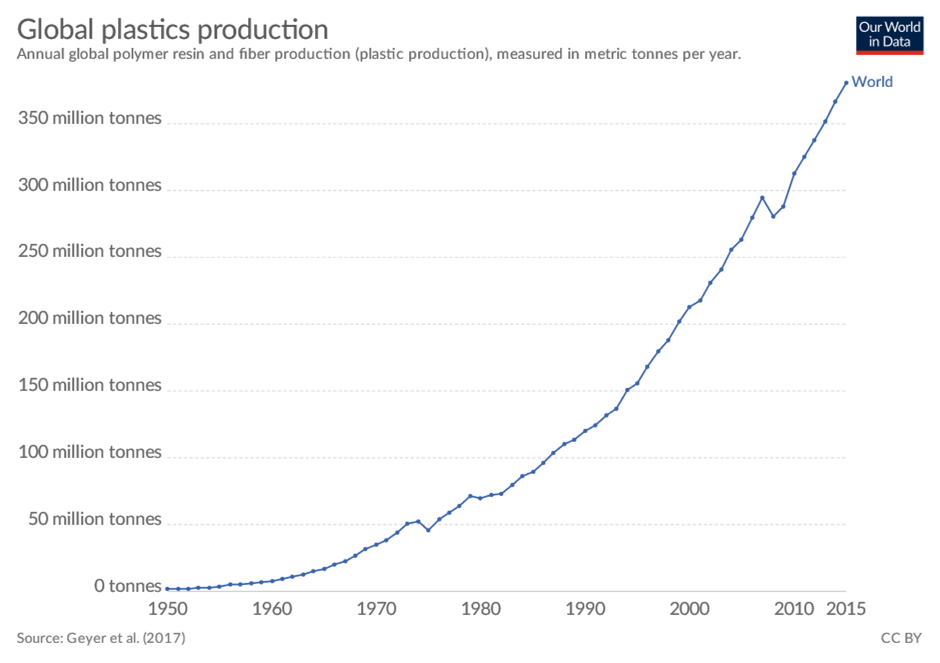Gender Neutral Products in the UK
- Chris Barnes

- Jun 4, 2020
- 3 min read

On the 10th of March, 2020, the British Government denied a request from famous gender activist Christie Elan-Cane to provide gender neutral options when applying for a passport. ‘But the Court of Appeal ruled the policy did not amount to an unlawful breach of the activist’s human rights.’ [BBC].

Christie Elan-Cane: Gender Activist
In the following blog, I will be talking about the emergence of the gender neutrality movement in commercialism and the damaging effect the government’s decision will have on product culture in the UK.
‘The preoccupations of cultural modernism were mostly with the public sphere, and women were, for the most part, inevitably excluded.’ [Sennett, 1979]. This is a quotation from Penny Spark’s book As Long as its pink: The Sexual Politics of Taste, Is a statement highlighting the exclusion of women from cultural modernism. As much as this quotation is correct, people will argue that the quote is outdated, and that there should not be a gender that should and should not be considered when designing a product. A product should be designed and marketed to whoever the consumer identifies as. This has coined the term gender neutral, a product that is designed and marketed for anyone.
Unfortunately, most brands continue to market products at either men or women; no in-between.

Fig.1 – Separate Boys & Girls Magnetic Key Words Learning Source.
Fig. 1 shows a ‘Boys talk’ and ‘Girls talk’ magnetic strip product for ‘Learning’. Companies are forcing their outdated image of gender onto young infants. This is damaging as it tells young boys that they can’t like ‘clothes’, ‘dolls’ and ‘cooking’ and tells young girls that they can not be interested in ‘dinosaurs’, ‘climbing’ and ‘football’. All of the keywords on both of the products should not have a gender attached to it.

Fig. 2 -John Lewis Gender Neutral Children’s Line Advertising
In contrast to this, household brand, John Lewis, have taken a step forward to spread awareness of gender neutral identity by removing all girls and boys labels from their children’s clothing lines (Fig. 2). ‘’We do not want to reinforce gender stereotypes within our John Lewis collections and instead want to provide greater choice and variety to our customers, so that the parent or child can choose what they would like to wear.” [Independent, 2017]. This is a huge stepping stone in the community to prevent gender associated stereotypes being forced onto people, especially children who are more easily influenced.
The UKs decision on gender neutral passport options is not only damaging for the movement, but extremely demoralizing to those who choose to identify as something other than male or female. From an early age, you are led to believe that the Government is put in place to help and protect you as a UK citizen. Knowing that the government doesn’t accept you for what you identify as is devasting news for anyone in the community.
‘67% of trans respondents saying they had avoided being open about their gender identity for fear of a negative reaction from others’ [Governments Equality Office, 2018]
The British Government is a well-respected and established body that ultimately runs the country. If the request for gender neutral passports were granted, it would’ve created nationwide buzz and subsequently could have been a catalyst for more product companies becoming aware of gender neutral terms and incorporating them into their design and marketing.
References
BBC (2020) Christie Elan-Cane loses legal challenge over gender-neutral passports. BBC News [Online] 10.03.20. Available from: https://www.bbc.co.uk/news/uk-51823318 [Accessed 11/03/20]
Government Equality Office (2018) Trans People in the UK [Online] Gov.co.uk. Available from: https://assets.publishing.service.gov.uk/government/uploads/system/uploads/attachment_data/file/721642/GEO-LGBT-factsheet.pdf [Accessed 12/03/20]
Hosie, R. (2017) John Lewis gets rid of ‘boys’ and ‘girls’ labels in children’s clothing. The Independent [Online] 02.09.17. Available from: https://www.independent.co.uk/life-style/john-lewis-boys-girls-clothing-labels-gender-neutral-unisex-children-a7925 336.html#r3z-addoor [Accessed 11/03/20]
JINDAL, R. (2020). Gender and Identity, from CULT2100 Design Cultures II. De Montfort University, CL0.01 on 31st January. Available from: Blackboard.[Accessed 11/03/20].
Sparke, P. (1995) As long as it’s pink: the sexual politics of taste. London: Pandora





Comments